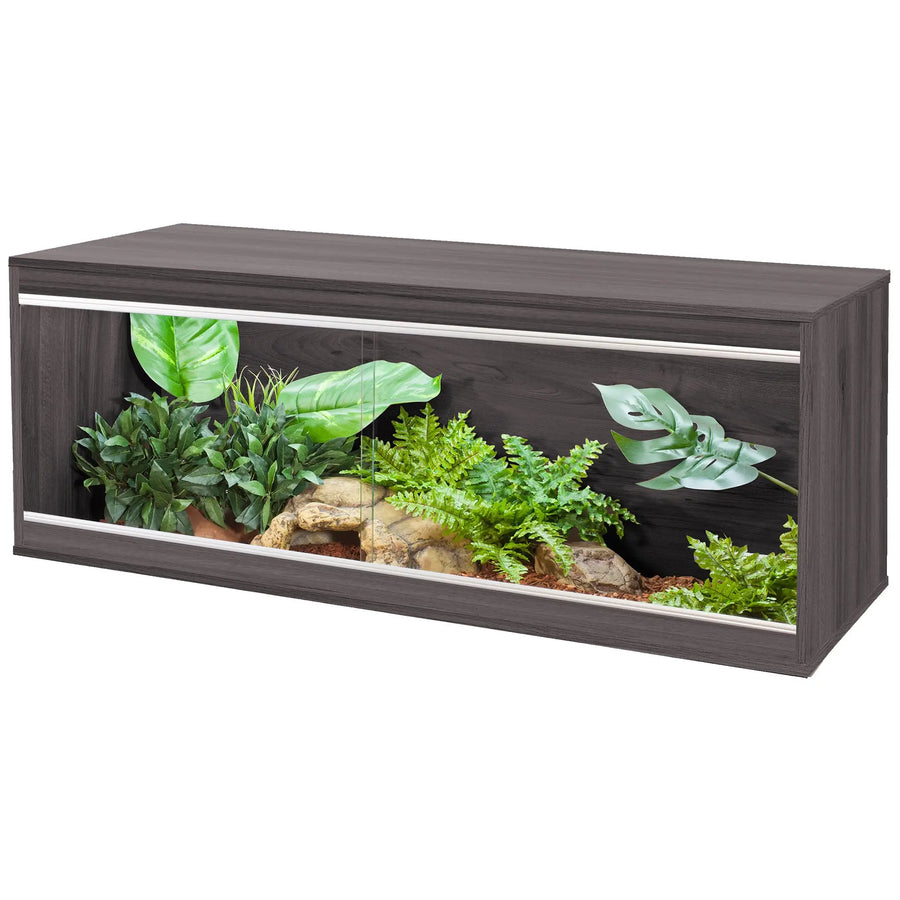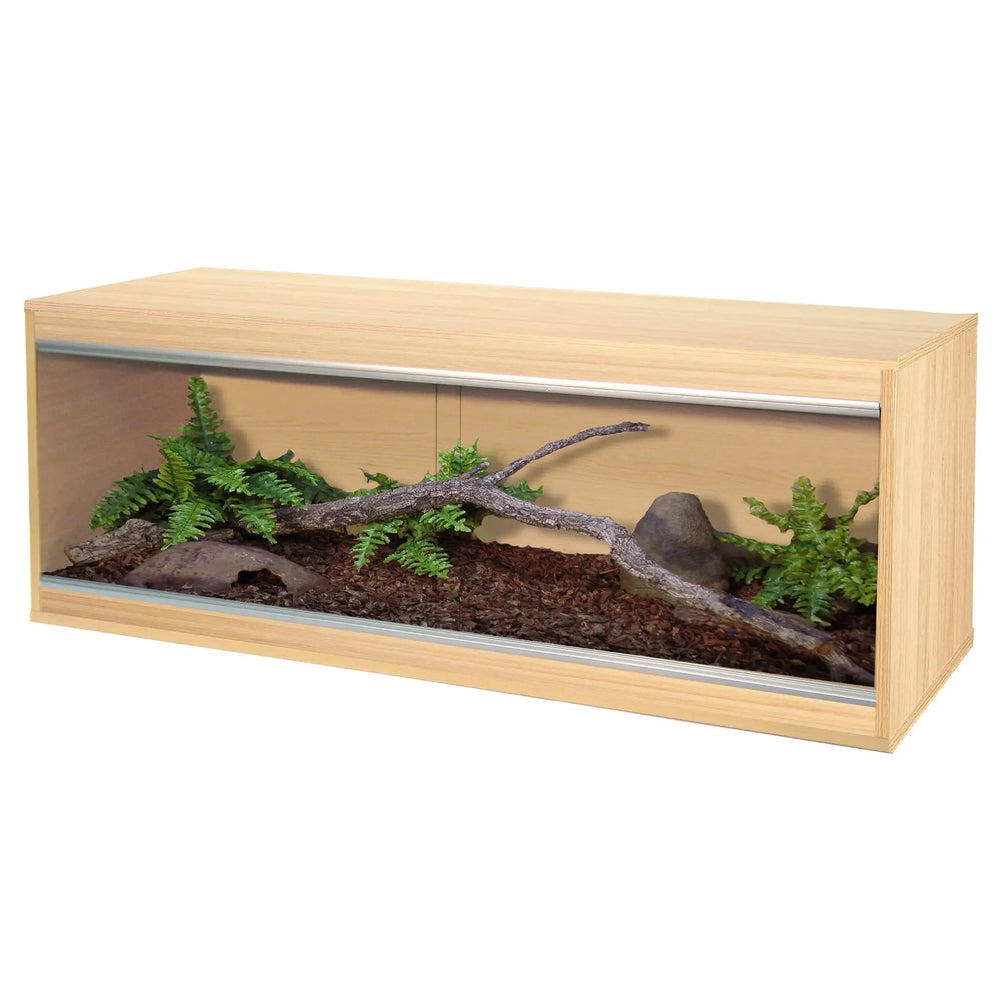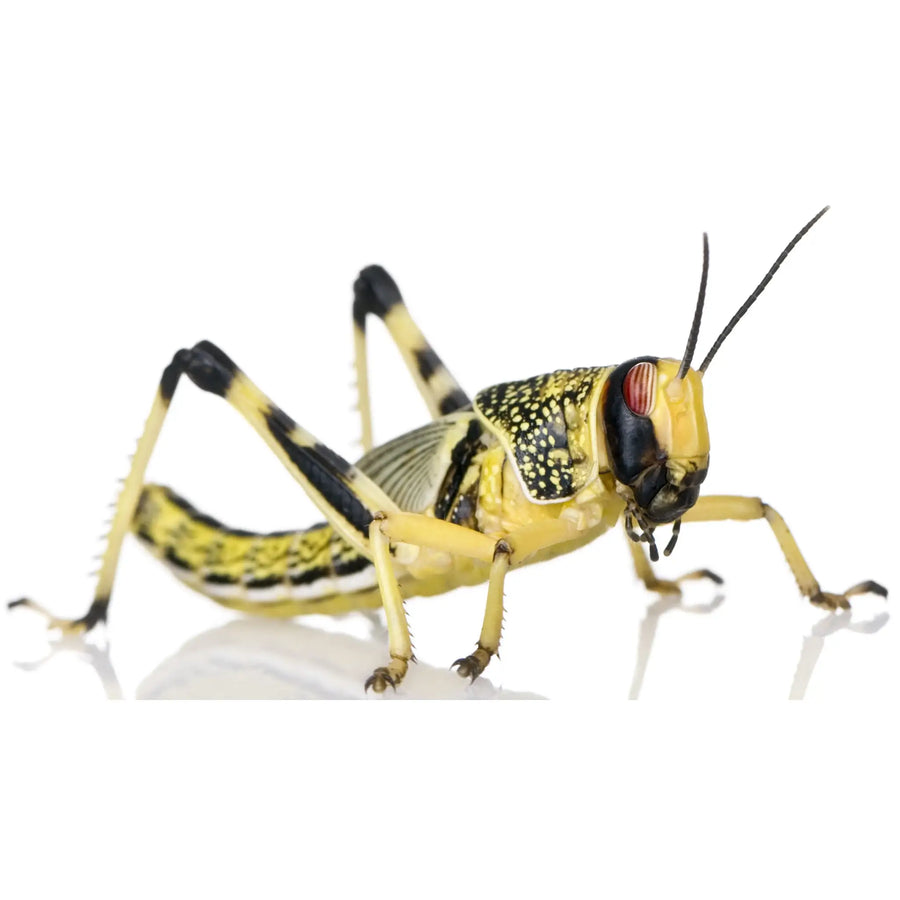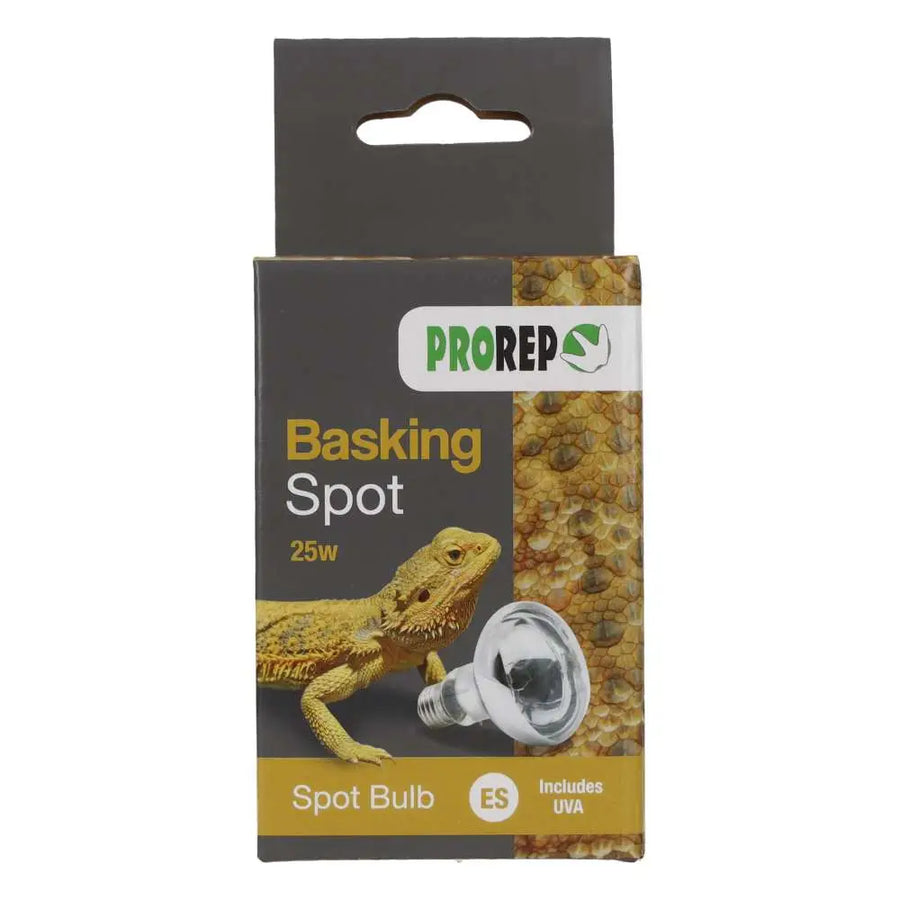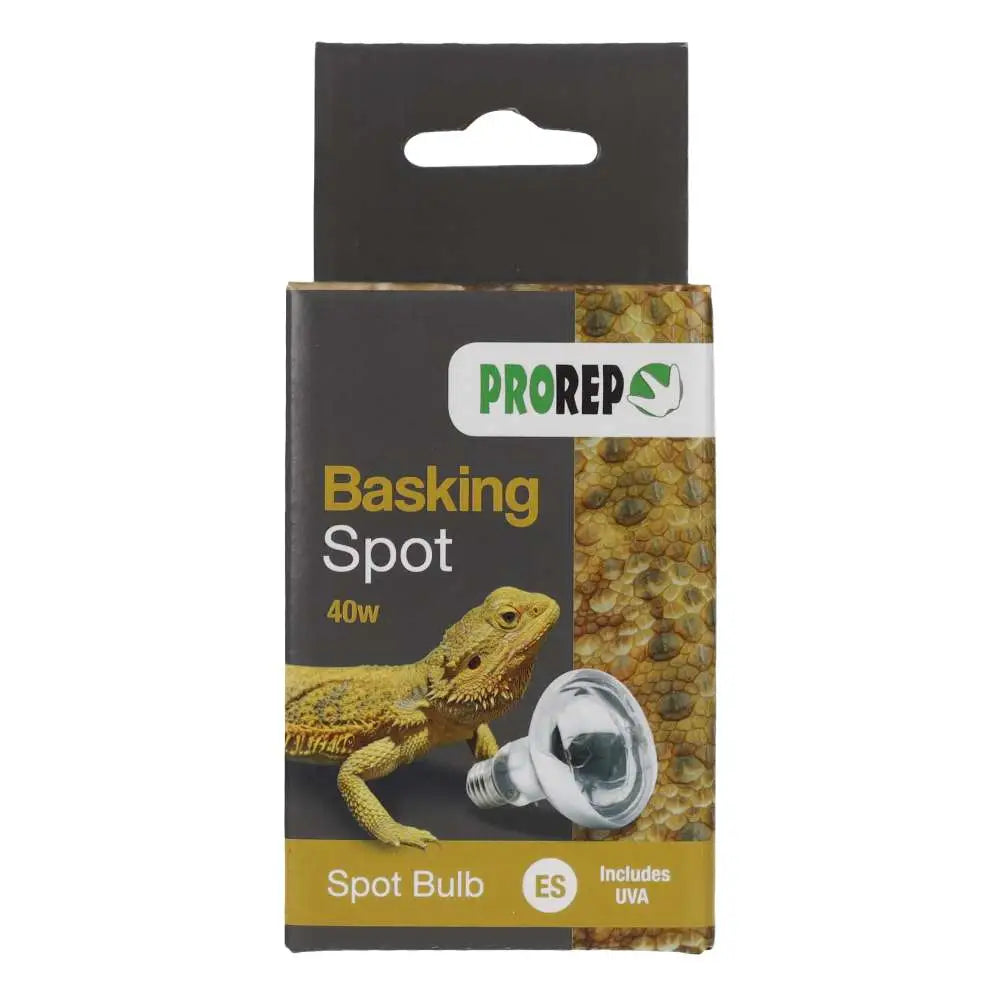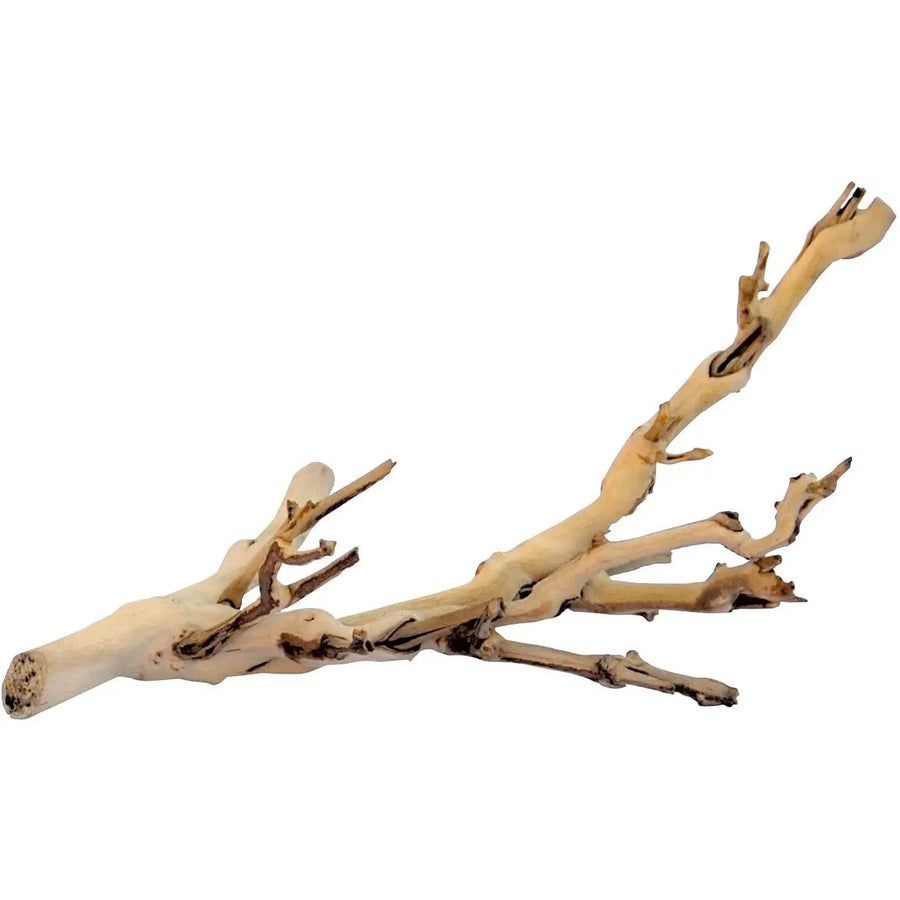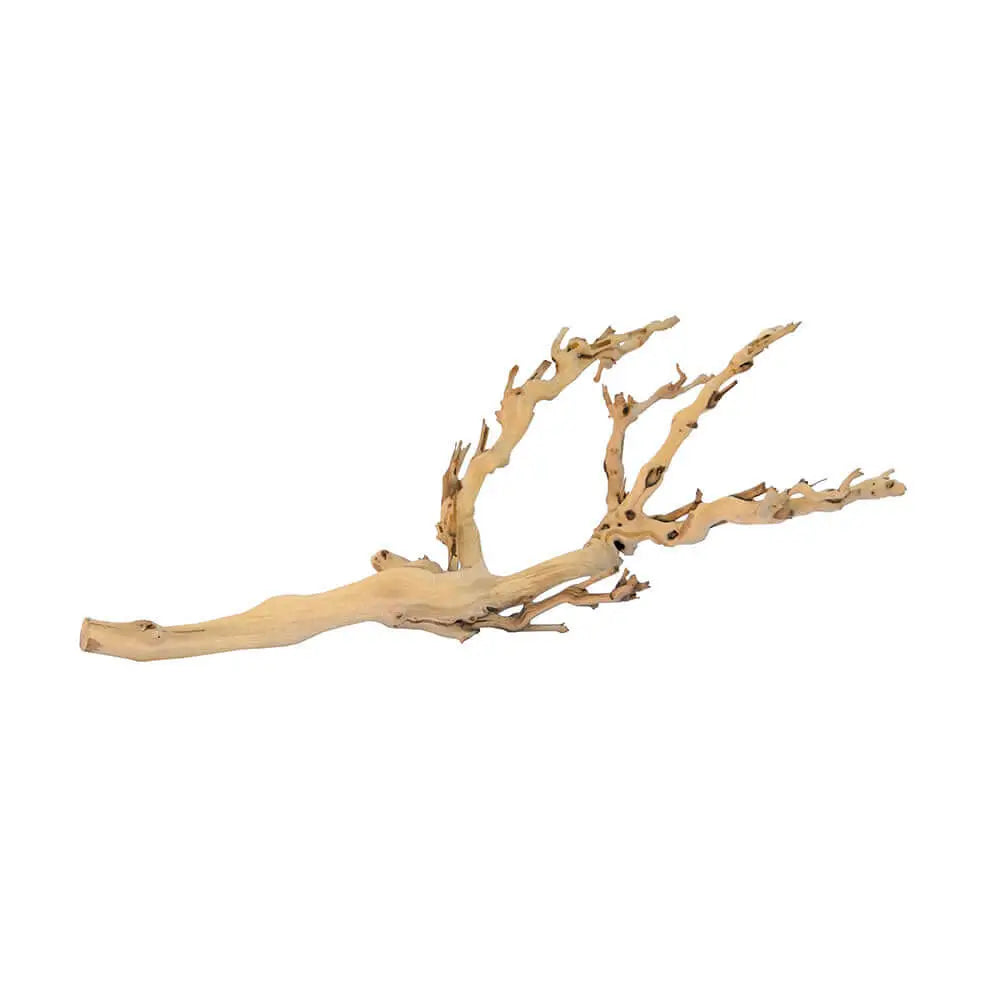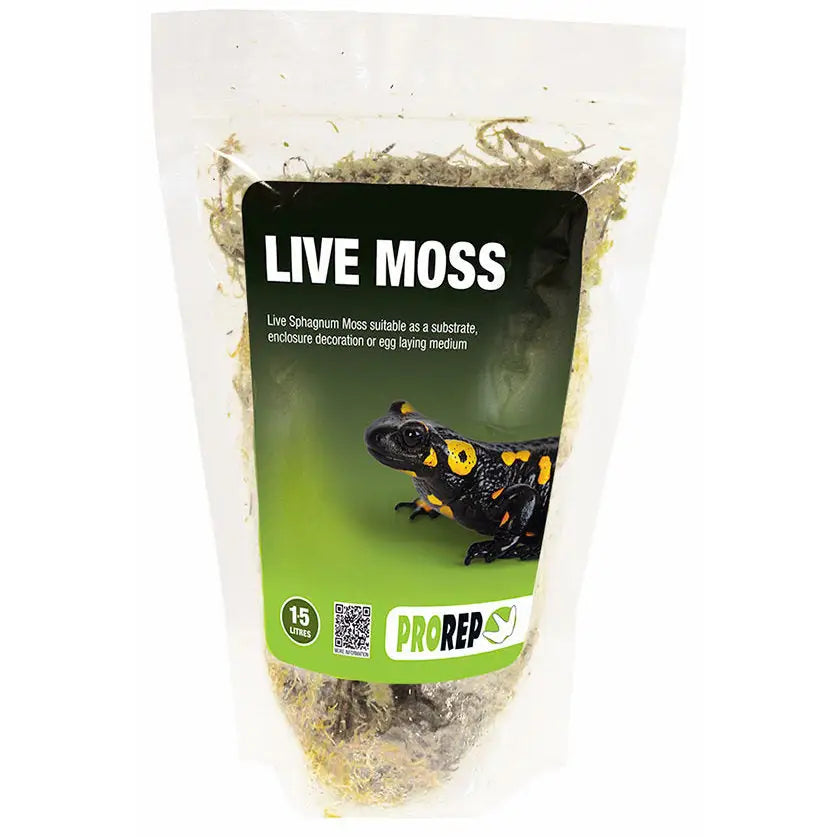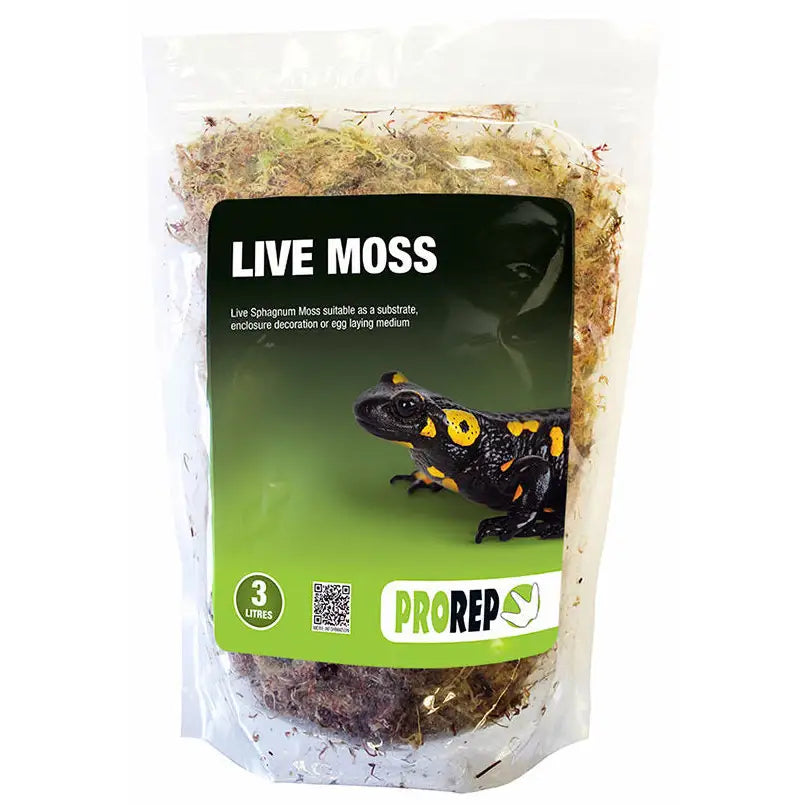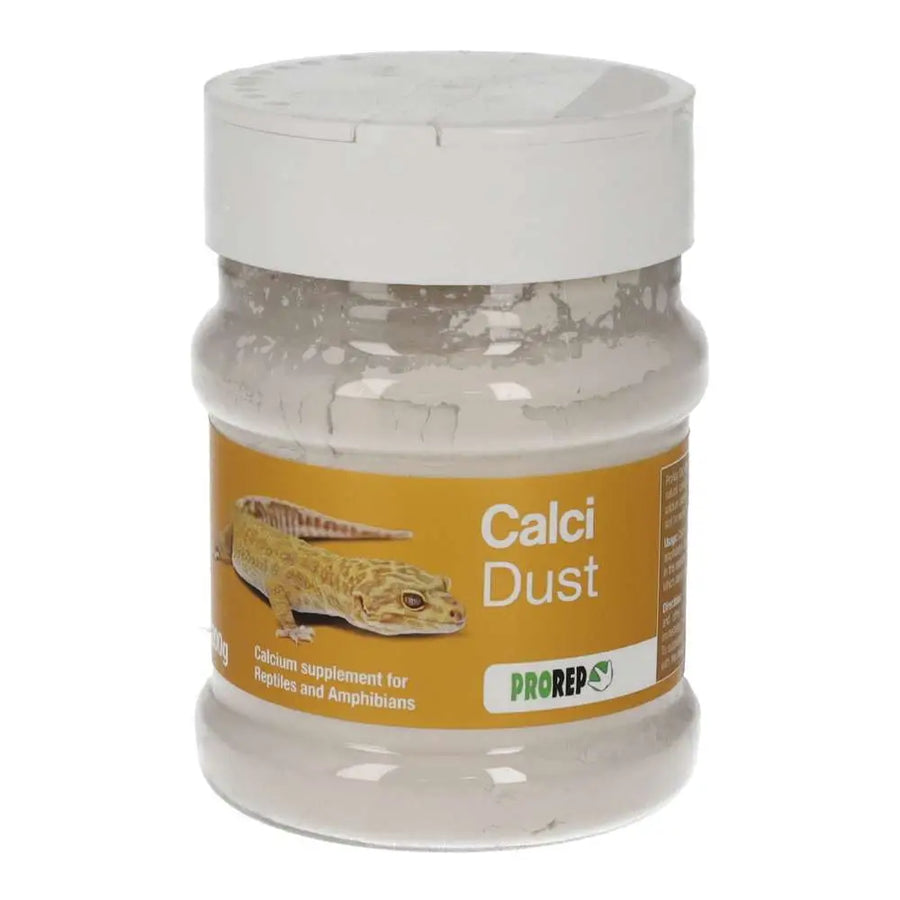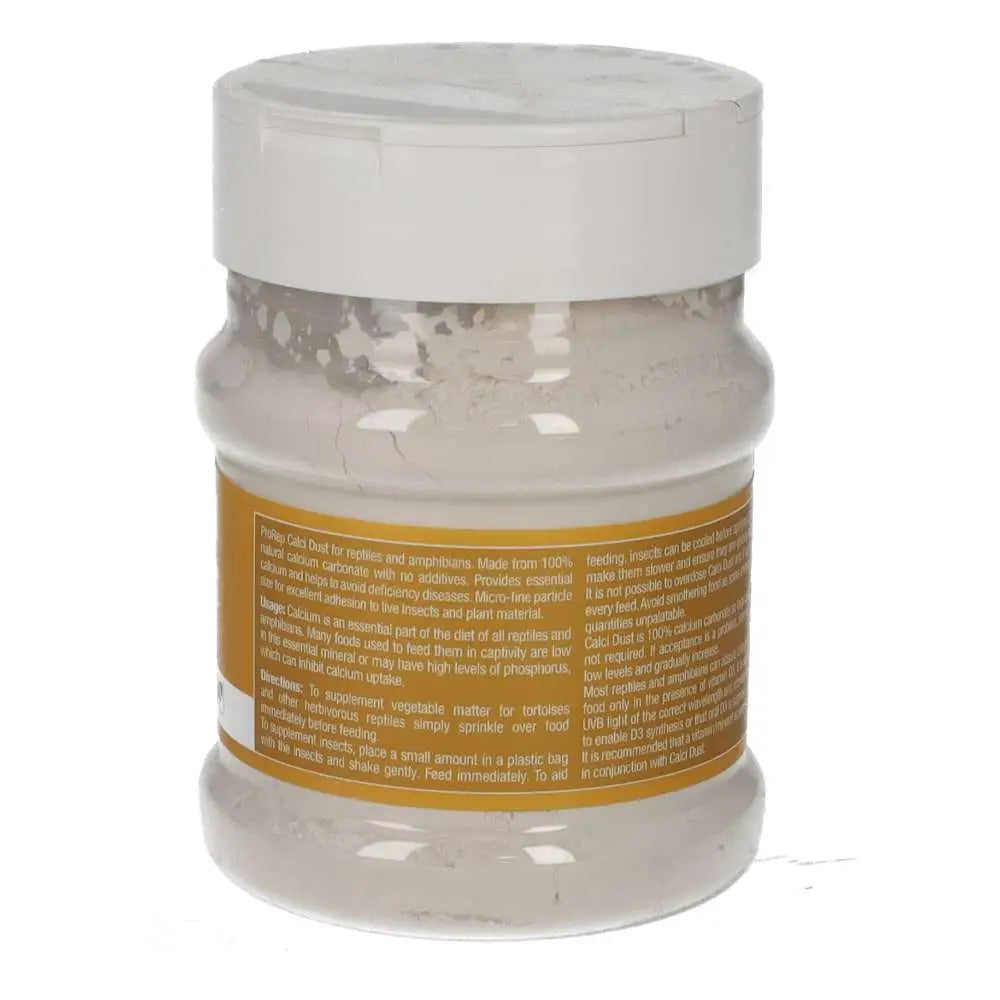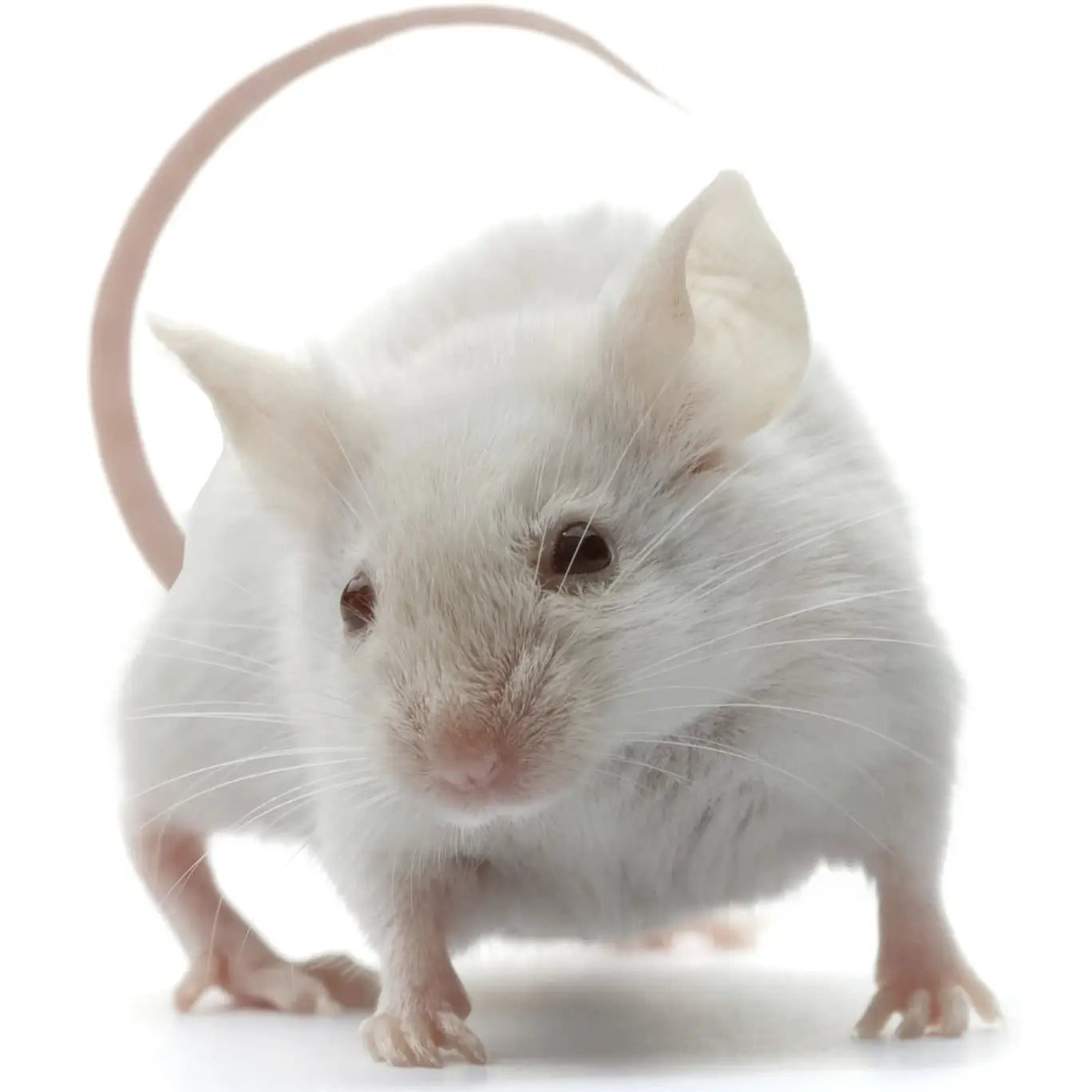
Reptile Systems Insect Food – Advanced Gut Loading of Reptile Livefood
The following piece was written for us by Reptile Systems in response to us asking what makes Reptile Systems Insect Food better than any other insect foods on the market. It’s safe to say that Insect Food is seriously good stuff, after reading the following, we’re sure you’ll agree!
This insect food should form the starting point for your whole supplemental program if you keep any animal that consumes insects. Our premium gut loading formula is a highly palatable nutritional booster for feeder insects. Loaded with essential vitamins, minerals and natural colour enhancers, it ensures the very best nutrition is passed on to your pet.
Like all enlightened reptile keepers over the years, we have learnt to care for our feeder insects in order to pass on a decent level of nutrients to our pets. Several decades ago, caring for you your live food meant putting a slice of potato or carrot in the tub and thinking that was enough. Disturbingly this practice is still prevalent today and needs to be rectified and hopefully, with a little education, become a thing of the past.
“
We have introduced Insect Food because we have found that many ‘gut loading’ products on the market are sadly lacking, containing little in the way of worthwhile ingredients.
So why do we need to look after our insects and what are the benefits?
Firstly, we have a moral obligation to provide the best conditions possible for all animals in our care, regardless of it’s intended purpose.
Secondly, by adopting good husbandry practices you can pass on a fully nutrient loaded, healthy meal to your reptile.
Our pets’ digestive systems and dietary needs stem from their wild relatives. Huge advancements have been made in the field of husbandry and understanding our animals’ needs by trying to recreate positive attributes regarding enclosures. Hobbyists also understand the need to mimic the life-giving force of natural sunlight, which provides heat via visible and ultraviolet light. Diet and it’s effects on our animals’ well-being have also been well documented, but the issue is relating this to a realistic regime that we can all adhere to. At our UK facility we grow suitable plants all year round, indoors under New Dawn lighting, to feed our animals and suggest you do the same if possible.
Very little has been done to feed your prey insects to improve their overall quality and ‘gut loading’ thirty minutes before feeding off insects is a step forward, but we, as keepers, can do much better. We need to use healthy, nutrient rich, premium quality insects, to feed our reptiles, if we want them to thrive and live quality lifestyles. Insects that are feed well over a week-long period look completely different, in terms of colour and vigour, to the dull and often undernourished ones you originally received. This is not the fault of the breeder or even the shop you purchased them from, in most cases, but the fact is there is no easy way to provide quality food or hydration in the tub without the product spoiling. With excess moisture in such a small space many insects will develop mould and perish.
Variety is also the key when it comes to stimulating your pet’s body and mind. Use as many different types of foods as practicable, as they all provide different nutritional values and move and behave in dissimilar ways provoking new behaviours.
“
All our food and supplement range has been co-developed with professional animal nutritionists, advanced hobbyist, and breeders.
How to improve the quality and longevity of your live food.
- Get a suitable container: You will need at least two containers suitable for housing your live food. Ensure they are a decent size to house whatever live food you use For example, locust will need more room than mealworms or cockroaches. If you are not sure, always choose the larger size, with flatter, wider enclosures and good ventilation being ideal. If not given enough space crickets and locust will trample or even attack and eat each other leading to unpleasant losses.
- Put is somewhere appropriate: Keep your insect enclosure away from extreme temperatures, such as a window ledge where it can be exposed to draughts or direct sunlight. It needs to be on a flat level surface that is easily accessible. Noise and vibrations can create stress and lead to premature death. Most insects will do well at normal room temperatures, if in any doubt seek the advice of your local specialist store or preferred online sellers.
- Put your insects in the container: Gently transfer all of your live food into the clean container, keeping the piece of egg crate to give more surface for the insects to move about or to seek shelter. If you have a lot of live food, it may be worth adding other shelters and tubes to create more space.
- BIN THE BRAN: This is only in there for aesthetic purposes and you really do not want you insects eating this. Bran contains a unique natural substance called phytic acid which impairs the absorption of minerals such as iron, zinc, magnesium and most importantly, calcium. If your insects consume this and you feed it to your reptile, it has the potential to block calcium from being absorbed. Phytic acid is also present in other grains, beans, and edible seeds. * It is also referred to as an anti-nutrient in some text.
- Hydrate: Your store-bought insects will need hydrating as soon as possible, as they may have been without food or a moisture source for up to a week. Dehydration is the main cause of death with live foods. We do not recommend using a water bowl as many insects tend to drown, polluting the water. You can use some of the commercially available bug gel products to provide moisture, but as always – natural is best. Fresh, organic greens and suitable flowers are great. We grow our own, all year round, to ensure we have sufficient animal safe foods. You can also use thin slices of apple or mango; all foods should be available 24 hours a day and removed and changed on a regular basis.
- Feed with Insect food: This is where Insect Food really shines, made from top quality ingredients, it gives you an easy way to provide solid nutrition and, if mixed with clean water, a premium hydration source. It is a very convenient way to ensure you always have nutritionally optimised live food. It can be used wet or dry and all insects in our trials found it highly palatable. Over a one-week period, insects such as locusts dramatically changed colour and appeared much more active and healthier.
- Feed daily: Feed your insects everyday as much insect food as they will usually eat in a 24-hour period. Everything needs to be kept clean and remove uneaten or soiled food. This will keep your insects in top condition.
- Feed your live food for up to a week before using: If you were wondering where the other clean tub comes in – this is where you find out. When you purchase your fresh live food keep it for at least a week in the good conditions we have outlined to give your reptiles the best food possible. Rotating between the two tubs enables you to have clean, fresh quality food always.
- Dust with supplement: Before using your insects, dust them with a good quality supplements to provide vitamins and minerals and enable a positive calcium profile. This is where the other two products in the range, Vit-A-Min and Calcium Ultra plug the gaps in the captive diet.
Lighting?
Yes, that is correct! Providing your insects with light can have numerous benefits in the same way it benefits many animals. This last part has been universally ignored for housing insects up until now and is a very current and important topic. We all understand the benefit of correct lighting and UV provision for reptiles, mammals and basically every living thing that would be exposed to sunlight in it’s natural environment. There are limited studies on giving insects access to UV and it’s benefits but it has been shown that certain insects, when exposed to UVB, are capable of synthesising vitamin D and so, in turn, will increase their vitamin D content. Locust, crickets and mealworms have been proven to synthesise vitamin D3 at different levels, directly linked to UVB exposure time.**
Insects , such as locust may also use natural basking behaviours for many of the same beneficial reasons other animals do, such as the management of fungal and bacterial agents and possibly even parasite management. Stray insects in your enclosure can often be seen basking, which may suggest the benefit out ways the cost of potential predation. This is another great way to naturally enhance your insects, whether they are kept as pets or intended for feeding to your reptiles and amphibians.
Main ingredients of Insect Food
Alfalfa
Alfalfa is widely regarded as a superfood and prized for it’s superior nutritional content. It is a good, natural source of a whole host of nutrients including many vitamins and minerals – most notably iron, magnesium, manganese, vitamin A, C, E and several B vitamins, as well as good quality fibre. It is also consumed by many grazing animals in the wild and has been grown as a livestock feed for hundreds of years.
Calcium Carbonate
We hear lots of talk about calcium and it’s benefits in the reptile hobby, however, this refers to the naturally occurring common form, calcium carbonate. It is abundant in nature and found in limestone, chalk and is the fossilised remnants of early marine life. It is essential for strong bones and many other important functions.
Dandelion
Dandelions may be the gardener’s nemesis but to every reptile keeper that owns herbivorous, or in fact, omnivorous species, they are an absolute seasonal treat. Easily recognisable by their beautiful yellow flowers, big leaves, and unmistakable floating seeds, the flowers surpass most, if not all, vegetables in abundance of nutrients. All parts of the dandelion are edible, stems, flower, leaves and roots. Dandelions are a great source of fibre and vitamins A, C, K, E, folate, and small amounts of other B vitamins. ***It provides minerals like iron, calcium, magnesium and is full of antioxidants, in fact, it’s botanical name Taraxacum officinale refers to it’s healing effect, Taraxacum comes from the Greek and means anti-inflammatory and officinale refers to the common name for herbs. So, we now know that it is highly nutritious, boosts the immune system and supports healthy bones.
Carrot
Carrots contain the best-known carotenoid, carotene, which give carrots their bright orange colour. Carrots are packed with vitamins and minerals and rich in beta carotene, which your body converts into vitamin A. This nutrient promotes good vision and is important for growth, development, and immune function. They also contain B7 vitamin, formerly known as vitamin H, biotin, which plays an important role in fat and protein metabolism. A group of related vitamins, B6, is involved in the conversion of food into energy. Interestingly, they also have Vitamin K1 which is important for blood clotting and bone health. Carrots also have good levels of potassium, which is an essential element and important for many bodily functions.
Spinach
Spinach is a nutritious leafy green, high in fibre and packed with vitamins and minerals such as vitamin A, B2, B6, B9, C, E, K1, iron, magnesium and calcium. Spinach is also considered a superfood containing a host of nutrients and antioxidants and is listed as having numerous other health benefits.
Bee Pollen
This is probably the most talked about reptile supplement in recent years, and rightly so, as it contains a wealth of nutrients with many benefits. It contains over 250 biologically active components and is rich in minerals and antioxidants.
Spirulina with DHA
This is an alga that we have specially grown for us. It is extremely nutrient dense, containing almost the full spectrum of B-vitamins which are essential to the health of the central nervous system and the brain. High in many other essential vitamins and minerals, the nutrients in spirulina are highly bioavailable and is easily broken down by the digestive system.
Containing all 9 of the essential amino acids, spirulina is high in net protein utilisation, meaning it is 85% – 95% digestible – with it’s amino acids being delivered to the body for almost instant absorption.
Uniquely, spirulina also contains the phytochemical phycocyanin, which is the pigment that gives spirulina it’s blue-green hue. Often referred to as the ‘Wonder Molecule’, studies of phycocyanin have shown it has extremely high antioxidant activity and is powerfully anti-inflammatory. Gram for gram, spirulina may be the single most nutritious food on the planet, it contains 26 times the calcium of milk.
Natural Red Clay
Natural red clay, or Pelagic red clay, accumulates in the deepest and most remote areas of the ocean. It covers 38% of the ocean floor and accumulates more slowly than any other sediment type as they settled through the water column. These sediments consist of eolian dust, clay minerals, volcanic ash, residue of siliceous microfossils, accessory constituents found in red clay include meteorite dust and aquatic skeletal mass. These clays are very mineral rich and include a wealth of trace elements.
Papaya
Papaya is rich in fibre, Vitamin A, C, E and antioxidants like beta-carotene which helps prevent damage from free radicals.
Dunaliella salina
This is a type of micro-algae, usually found in sea salt fields, revered for it’s antioxidant activity and it’s ability to create large amounts of high-quality carotenoids. This is another alga that is grown exclusively for us under license by the French government in a protected area of outstanding natural beauty. It takes several months to grow and has a limit on how much can be harvested at any one time.
Due to the abundance of beta-carotene, which is a powerful antioxidant as well as a vitamin A precursor, D. salina is a popular pro-vitamin A food supplement for both human and animal use. Carotenoids act as antioxidants but are also crucial for eyesight by aiding clear vison and preventing damage by absorbing near ultraviolet and blue light. The best-known carotenoid, carotene, give carrots their bright orange colour. The pink colour of flamingos and salmon come from carotenoids. Flamingos, salmon, shrimp and lobsters get their pigments from consuming algae or algae eaters. Algae contain eight times the carotene provided by carrots.
Silicic Acid
Silicic acid is a natural compound of the mineral substance silicon and oxygen. It can bind to a variety of harmful and toxic substances, including pathogens. This renders them harmless so that they can be removed naturally through the intestines and out of the body. Silicic acid exists naturally in seawater as well as sand, quartz and even the human body. Orthosilicic acid is found in
tissues, bones, tendons, kidneys and the liver, and is necessary for life.
This mineral content is also available in food sources such as beets, brown rice, bell peppers, soybeans, alfalfa, leafy green vegetables such as kale and whole grains.
Mango
Although we use mango mainly as a natural attractant it also contains a wealth of nutrients and antioxidants. Mangos contain over 20 different vitamins and minerals, one serving provides 35% of your daily vitamin A, 100% of your daily vitamin C, and 10% of your daily vitamin B6.
Insect Food is available as a 10g sachet or a 60g tub. If you have any questions regarding Insect Food or any other Reptile Systems products please do not to hesitate us at sales@reptilecentre.com or get in touch with Reptile Systems direct at support@aquariumsystems.uk.
References
* Gupta RK, Gangoliya SS, Singh NK. Reduction of phytic acid and enhancement of bioavailable micronutrients in food grains. J Food Sci Technol. 2015;52(2):676‐684. doi:10.1007/s13197-013-
** 0978-y Oonincx, D.G.A.B., van Keulen, P., Finke, M.D. et al. Evidence of vitamin D synthesis in insects exposed to UVb light. Sci Rep 8, 10807 (2018). https://doi.org/10.1038/s41598-018-29232-w
*** https://www.healthline.com/nutrition/dandelion-benefits
NB. The largest insect live food breeders in the UK test for any problems and breed and rear the insects in a clean and temperature-controlled environment. They regularly health test their colonies for any potential problems to ensure you get top quality feeder insects.


